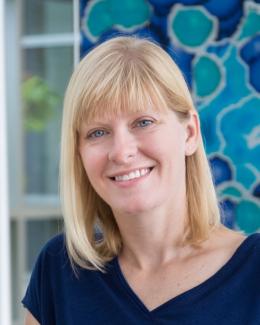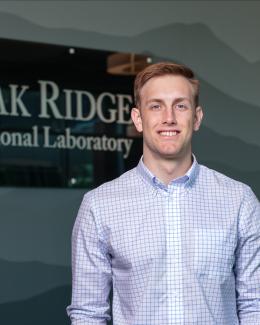Abstract
The Spallation Neutron Source (SNS) at Oak Ridge National Laboratory is one of the most powerful accelerator-driven neutron sources in the world. The intense protons strike on SNS's mercury target to provide bright neutron beams, which also leads to severe fluid-structure interactions inside the target. Prediction of resultant loading on the target is difficult particularly when helium gas is injected into mercury to reduce the loading and mitigate the pitting damage on vessel walls. A 2-phase material model that incorporates the Rayleigh-Plesset (R-P) model is expected to address this multi-physics problem. However, several uncertain parameters in the R-P model require intensive simulations to determine their optimal values. With the help of machine learning and the measured target strain, we have studied the major uncertain parameters in this R-P model and developed a framework to identify optimal parameters that significantly reduce the discrepancy between simulations and experimental strains. The preliminary results show the possibility of using this mercury/helium mixture and surrogate models to predict a better match of target strain response when the helium gas is injected.






